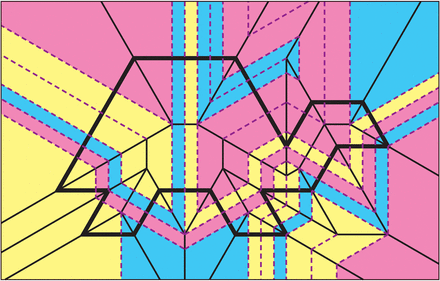“What if mathematicians were asked to defuse bombs?”
In 1998, a few dozen computer scientists and mathematicians gathered at a picturesque seaside resort on the Tuscan island of Elba off the west coast of Italy. They were there to attend a scientific gathering unlike any other.
The 17 presentations suggested peculiar offerings. One explored an algorithmic answer to the question, “What if mathematicians were asked to defuse bombs?” Using an idea from abstract number theory, the researchers described a generalized solution to a problem posed in the 1995 movie, Die Hard with a Vengeance. Another presentation focused on how to help a baker optimize his bagel selection to maximize profits. Still another carefully delineated the rules requisite for a trick, popularized by magician Harry Houdini in the 1920s, that entails folding a piece of paper, making one straight cut with scissors, and producing a recognizable shape.
It was the first meeting of the FUN with Algorithms conference, and every gathering since has strived for the same mix of creativity and rigor. Attendees delight in concocting algorithms, generally defined as mathematical recipes—often translated into code and executed by a computer—that can produce solutions to a problem. Last year’s conference, the ninth, included presentations on the complexity of the 2016 video game The Witness, an analysis of “Perversely Awful Randomized Algorithms,” and a discussion of conspiratorial strategies in Secret Santa gift exchanges.
Read more at PNAS, here: https://www.pnas.org/content/117/2/793
